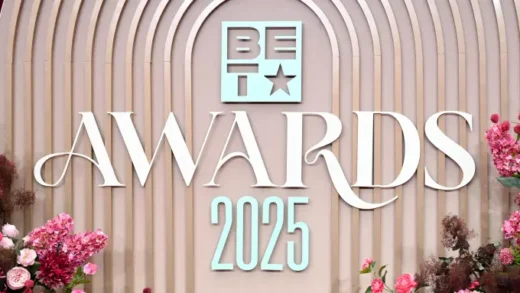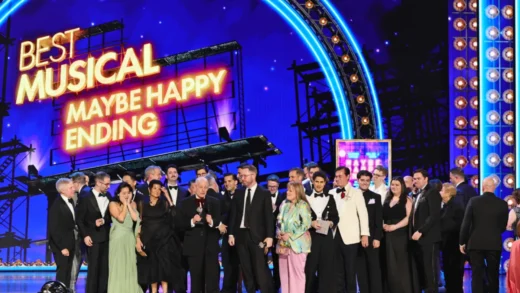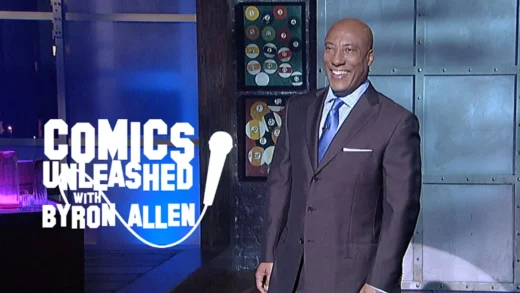Irwin Allen’s original 1960s sci-fi series Lost in Space gave the world its first space family as well as pop culture phrases like, “Danger, Will Robinson.” The property remained dormant until the 1990s when a film franchise was attempted, but never achieved liftoff. Now the Robinsons are back 20 years later and exploring the strange new territory of digital streaming.
Netflix’s Lost in Space reboot opens in the middle of an outer space disaster, which causes the Robinson family’s spacecraft to crash-land on an unknown planet similar to Earth. The pilot, aptly named “Impact,” was written by the show’s producers, Matt Sazama and Burk Sharpless. In the episode, viewers learn that the Robinson family is one of many that passed difficult training in order to take part in a vital space colonization mission. The massive global effort is in response to an unknown object’s impact with the Earth, which has made the planet inhospitable.
Showrunner Zack Estrin (Prison Break, The Whispers, Once Upon a Time in Wonderland) was looking forward to a nice vacation when he received the Lost in Space script. “I had done so many shows in a row, but this script was too good not to develop. I have two kids, ages 14 and 11, and they haven’t been able to watch anything I’ve done. When I pitched them this show, they basically signed the contract for me.”
When Estrin sat down with the producers and Netflix executives, he felt an instant chemistry with their artistic vision for the show. “It was like everyone was swiping right on all the creative ideas,” jokes Estrin. “It was sort of Tinder meets The Love Connection.”
In preparation for the show’s technology, Estrin and his team talked with scientists at NASA, specifically about their research and development on new technologies. “We told NASA that we didn’t want ideas for things they were hoping to achieve, we wanted to know what they could actually deliver,” he says. Their conversation led to an interesting plot point in season one. “In one of our storylines, the Robinson family is able to convert the waste of a creature into usable fuel,” says Estrin. “That’s something that NASA is working right now.”
Estrin doesn’t consider himself a hardcore sci-fi fan and prefers to focus on the humanity of character-driven storytelling. “When you look at the relationship between Will and the Robot, you can draw comparisons to The Iron Giant, Black Stallion, Old Yeller. I really wanted to show that we’re more focused on quality storytelling and not ships firing lasers.”
(Excerpt) Read More in: The Hollywood Reporter




